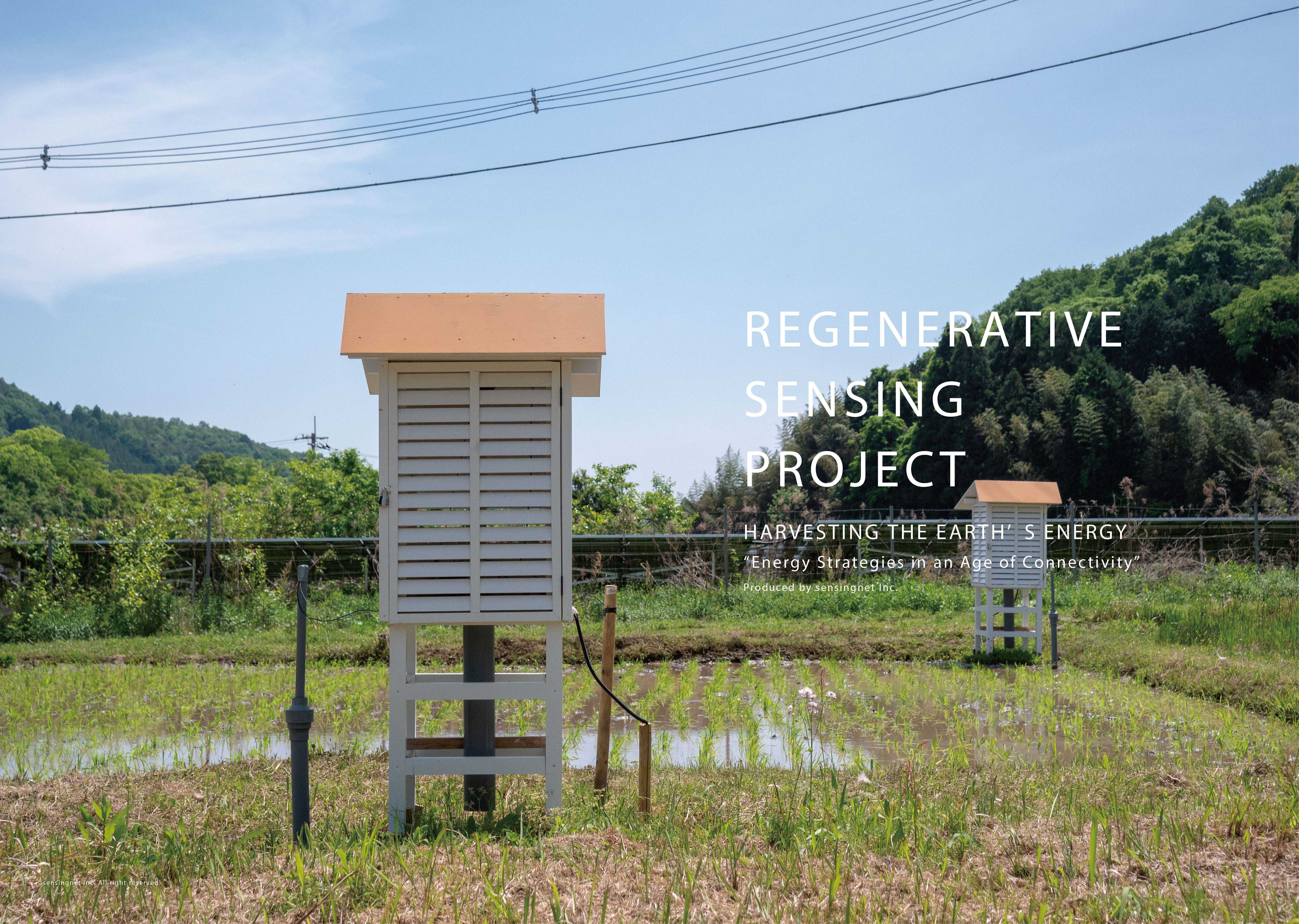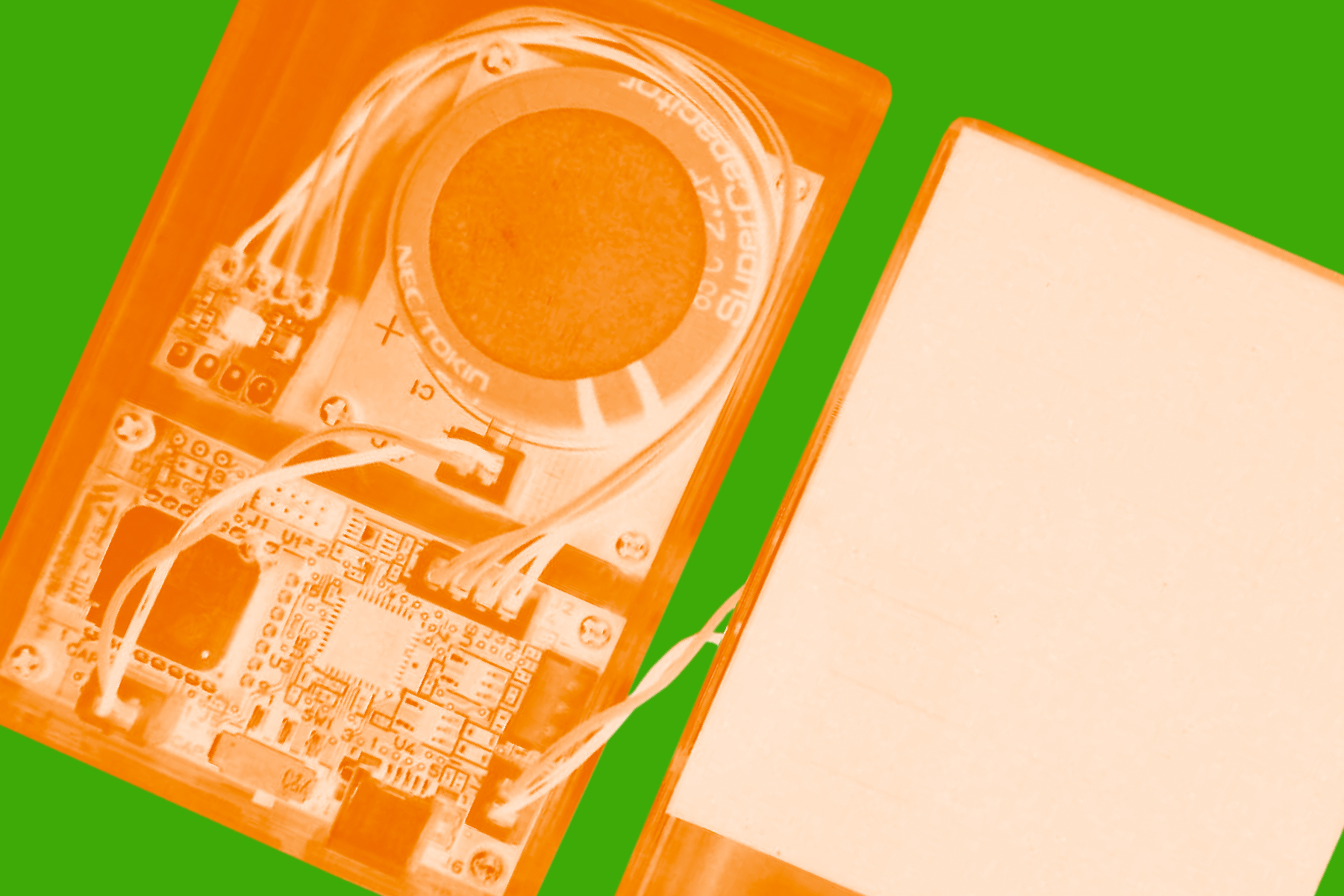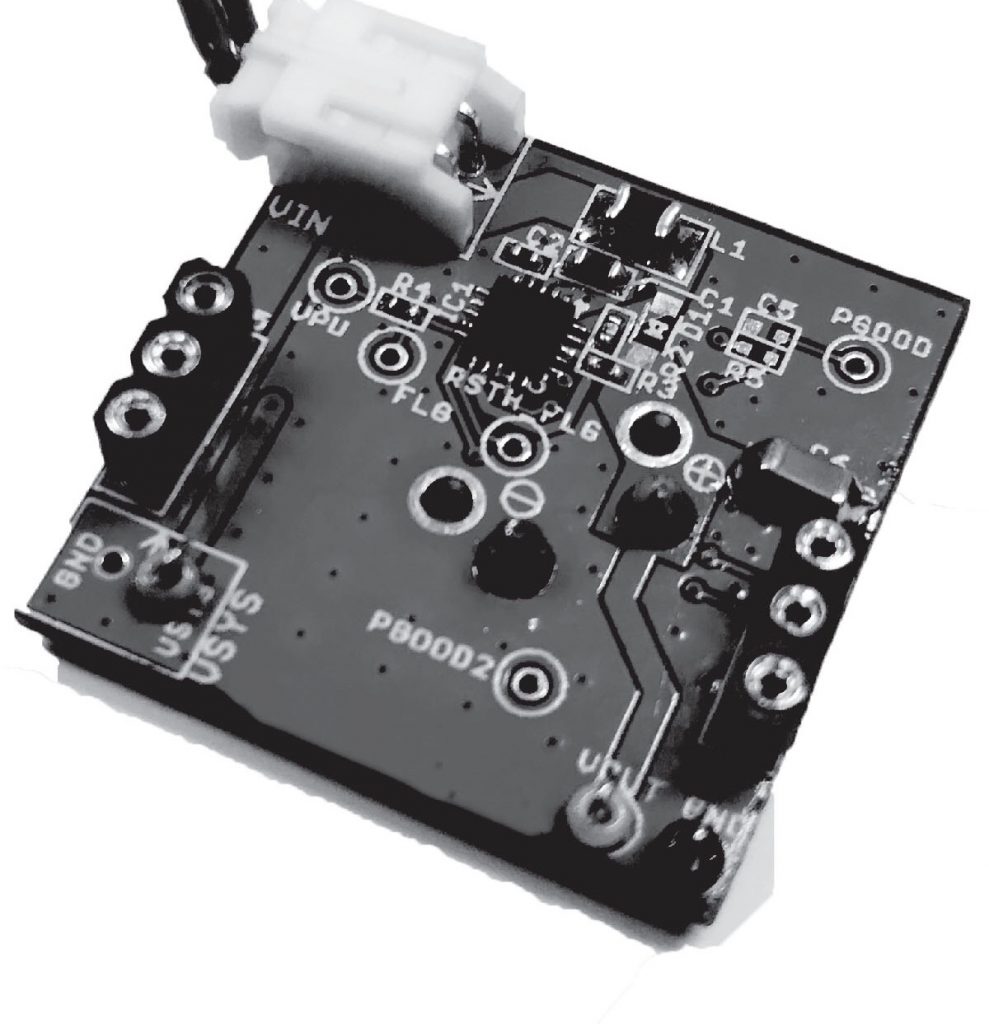NOWADAYS, ADJUSTING OUR VIEWPOINT BACK AND FORTH BETWEEN VARIOUS SCALES LIKE IN FILMS SEEMS TO BE ANOTHER SKILL THAT PEOPLE MUST UNDENIABLY LEARN.
TEXT: KANOKWAN TRAKULYINGCHAROEN
PHOTO COURTESY OF KUDOS AND SENSING INC.
(For English, please scroll down)
““critical design,” เป็นวิธีหนึ่งในการใช้การออกแบบเป็นสื่อที่จะท้าทายข้อสันนิษฐานแคบๆ ความคิดอคติ และข้อกำหนดต่างๆ เกี่ยวกับบทบาทที่ผลิตภัณฑ์จะมีได้ในชีวิตประจำวัน” — Anthony Dunne [1]
Paola Antonelli เคยเขียนไว้ในแคตตาล็อกนิทรรศการ Design and The Elastic Mind ในปี 2008 ว่า “ความคิดเรื่องสเกลของมนุษย์เปลี่ยนแปลงไปตลอดกาล หลังจากภาพยนตร์ Power of Ten (1968) ของ Charles and Ray Eames ออกมาฉายจนเป็นที่รู้จักกันดีในแวดวงการออกแบบ เพราะเทคโนโลยีทำให้การรับรู้ของมนุษย์ได้เพิ่มขึ้นหรือขยายตัวออก” [2] การปรับมุมมองกลับไปกลับมาระหว่างสเกลต่างๆ แบบที่เราได้เห็นกันในภาพยนตร์ จึงเป็นเหมือนทักษะที่คนยุคปัจจุบันต้องเรียนรู้ไปโดยปริยาย
เพราะเรากำลังอยู่ในยุคที่การเชื่อมต่อเป็นสิ่งที่เกิดขึ้นในเกือบทุกที่แทบจะตลอดเวลา คงไม่มีใครไม่เคยเจออาการกระสับกระส่ายที่เกิดขึ้นในเวลาที่อยู่ในจุดอับสัญญาณโทรศัพท์ อุปกรณ์เชื่อมต่อสัญญาณในมือเราอย่างโทรศัพท์ก็มีฟังก์ชันหนึ่งที่ทำงานเป็นเครื่องเซนเซอร์แบบพกพาติดตัว (handheld sensor) ให้กับเรา และเป็นตัวเชื่อมต่อกับอุปกรณ์เซนเซอร์อื่นๆ ที่ฝังอยู่ในสภาพแวดล้อม (embedded sensor) เซนเซอร์ทั้งสองแบบต่างก็คอยเก็บเกี่ยวข้อมูลส่งเข้าสู่ระบบอินเตอร์เนตที่คอยส่งข้อมูลเข้าไปเทรน machine learning ให้สามารถเข้าใจเเพทเทิร์นของข้อมูลในบริบทที่เราใช้ชีวิตกันได้อย่างรวดเร็วมากขึ้น
“ความคิดเรื่องสเกลของมนุษย์เปลี่ยนแปลงไปตลอดกาล หลังจากภาพยนตร์ Power of Ten (1968)ของ Charles and Ray Eamesออกมาฉายจนเป็นที่รู้จักกันดีในแวดวงการออกแบบ เพราะเทคโนโลยีทำให้การรับรู้ของมนุษย์ได้เพิ่มขึ้นหรือขยายตัวออก” — Paola Antonelli
ในโลกแบบนี้เองที่ความเข้าใจในบริบทจากหลากหลายมุมมองเป็นสิ่งสำคัญที่จะทำให้เราใช้ชีวิตอยู่กับเทคโนโลยีด้วยความเข้าใจ โดยเฉพาะกลไกต่างๆ ที่เกิดขึ้นในสิ่งมีชีวิตและธรรมชาติรอบตัวเรา เพราะเราจะไม่มีทางรู้ได้เลยว่า เรายังมีทรัพยากรใกล้ตัวที่สามารถนำมาใช้เป็นทางเลือกในการคิดถึงรูปแบบการใช้ชีวิตในอนาคตที่แตกต่างออกไปได้อีกมากน้อยแค่ไหน ถ้าเราไม่ลองปรับมุมมองไปสู่สเกลที่เล็กลงไปมากๆ ในระดับของสิ่งมีชีวิตขนาดเล็กจิ๋วที่ต้องมองผ่านกล้องจุลทรรศน์ หรือถอยห่างออกมามองแบบที่ตัวเราไปอยู่ที่สุดขอบจักรวาล เราก็คงมองไม่เห็นชุดความสัมพันธ์ที่อยู่ตำตาตรงหน้าเรา

ถ้าใครได้ไปดูงานต้นแบบจากโปรเจคต์ Regenerative Sensing ที่อยู่ในงาน Bangkok Design Week 2019 ที่เพิ่งจบไป ก็จะได้เห็นตัวอย่างของงานทดลองที่แสดงถึงการทำความเข้าใจกลไกของแบคทีเรียในดินตามธรรมชาติ และใช้ความเข้าใจนั้นมาผนวกกับเทคโนโลยีเซนเซอร์ จนสามารถเก็บเกี่ยวพลังงานไฟฟ้าที่อาศัยการตรวจจับประจุในดินที่ผลิตโดยแบคทีเรีย เพื่อเป็นทางเลือกในการผลิตไฟฟ้ากำลังต่ำ (Micro Energy Harvesting – MEH) สำหรับโมเดลการอยู่อาศัยในอนาคตที่ใช้พลังงานสะอาดมากขึ้น โปรเจคต์นี้เป็นโครงการความร่วมมือทางการวิจัยด้านเทคโนโลยีเซนเซอร์ระหว่าง Sensing Inc. และ KUDOS โดยมีหน่วยงานอย่างศูนย์สร้างสรรค์งานออกแบบ (TCDC) ให้การสนับสนุน
[1] Anthony Dunne, interview in Domus 889 (February 2006): p. 55 [2] Paola Antonelli, Design and the Elastic Mind, New York, 2008, p.20.
““CRITICAL DESIGN,” IS A WAY OF USING DESIGN AS A MEDIUM TO CHALLENGE NARROW ASSUMPTIONS, PRECONCEPTIONS, AND GIVENS ABOUT THE ROLE PRODUCTS PLAY IN EVERYDAY LIFE.” — ANTHONY DUNNE [1]
Paola Antonelli wrote in her exhibition catalog Design and The Elastic Mind in 2008, “The idea of human scale has changed since Charles and Ray Eames’s famous 1968 film Power of Ten because human perception has been expanded and augmented by technology.” [2] Nowadays, adjusting our viewpoint back and forth between various scales like in film seems to be another skill that people must undeniably learn.
As we are in the age of the Internet where we are connected at nearly all times, no one never experiences the uneasiness that occurs when one’s phone signal is lost. The device connecting the signal in our hands functions as a handheld sensor and is connected to other sensors embedded in the environment as well. Both types of sensor are harvesting data sent via the Internet through which information is used to train machine learning to be able to dramatically understand the patterns of data in the context in which we live.


“THE IDEA OF HUMAN SCALE HAS CHANGED SINCE CHARLES AND RAY EAMES’S FAMOUS 1968 FILM POWER OF TEN BECAUSE HUMAN PERCEPTION HAS BEEN EXPANDED AND AUGMENTED BY TECHNOLOGY.” — PAOLA ANTONELLI
In this kind of world, understanding of various contexts from a variety of perspectives has become incredibly important if we are to live and keep up with technology, especially the grasping of various mechanisms in living organisms and the nature that surrounds us. We will never know how many resources we will have available to us in the future and which ones will be able to be used as an alternative way of thinking about how different lifestyles in the future could be. If we don’t try to adjust the view to a much smaller level and scale on par to that of a small organism where we have to look through a microscope or at a great distance as if we were at the edge of the universe, we will not be able to see any intriguing relationship set in front of us.
If anyone went to see the prototypes of the Regenerative Sensing project at the Bangkok Design Week 2019, which has just ended, one would have seen an experimental work that shows how one can use an understanding of the mechanisms of bacteria in the natural soil with sensor technology. Such can harvest electrical energy produced from the activities of bacteria through the so-called process of Micro Energy Harvesting (MEH) producing a model for a better quality of life and increased sustainability in terms of energy consumption. The experimental project is a collaborative research project on sensor technology being carried out through a collaboration between Sensing Inc. and KUDOS with a support from Thailand Creative & Design Center (TCDC).
[1] Anthony Dunne, interview in Domus 889 (February 2006): p. 55 [2] Paola Antonelli, Design and the Elastic Mind, New York, 2008, p.20.


